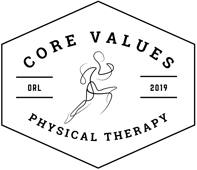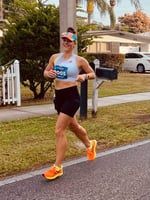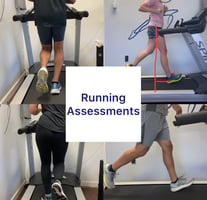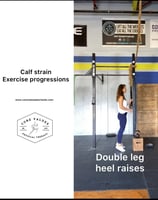There are no quick tips or tricks to getting better at running but there are a few key things to incorporate if you want to take running seriously, want to improve performance and want to improve comfort/reduce injury risk.
1. If you want to get better at running, you have to be running. Recreational runners with a goal of running a marathon should be trying to run 4-6 days/week and targeting 30-60 km/week. Researchers found that running less than 20km/12.4 miles and greater than 60 km/37 miles per week are both associated with increased running related injuries in recreational runners training for a marathon, who finished the marathon. Infrequent running and low volume training do not allow for the proper tissue adaptations to occur. Now this is all going to depend on the individual and that person’s life and goals. Some people can only hit the road 3 days/week or run certain mileage due to family obligations or work schedule. We don’t want people trying to squeeze in an extra day of running if they have these other life stressors and demands.
2. There is more influencing your training, tissue tolerance, fitness and recovery than the visible stressors. Not all injuries can be drawn back to a physical load. Lack of sleep, poor nutrition, smoking, drinking, stress and any type of negative life event can decrease your body’s tissue tolerance to load. Studies are showing that negative life events can slow healing by 40-60%, impair the response to exercise at both the tissue and fitness level and can increase your risk for injury.
3. Recovery is vital. Gains are made at the kitchen table and in bed. Your training can only go as far as your recovery will allow it. 7-9 hours of quality sleep/night coupled with the right nutrition are your keys to success. Waking up after only 5 hours of sleep to get a high intensity interval run in before work is like stepping over a dollar to pick up a nickel. Don’t short-change yourself by skimping on these other important areas. Think of the food that you eat as the fuel you are putting in your engine. Your body is a machine, and like a car, it needs good fuel sources to run effectively. Working with a sport specific dietician can help ensure you are fueling properly and not stripping your body of essential nutrients for both performance but also sustaining life functions.
5. Changing up the little things: if you always run the same route in the same direction at the same time then you will be loading/overloading structures asymmetrically. If you constantly run on the right side of the road and there is a slight bank you will be running with a pelvic tilt and relative leg length difference which could cause some IT band sensitivity. Try changing the direction or routes regularly to give your body different stressors and allow for greater variety of movement tolerance. This will also provide little stressors on the system which will keep your body adapting to change and improving. The other thing you can do is rotate through at least 2 different pairs of running shoes each week. Research is showing that running in at least 2 different shoes is helpful in reducing injury risk and aiding in comfortable training. A lot of runners like to have a shoe that is considered either a 1. volume trainer, 2. a lightweight trainer or 3. a racing flat. The volume trainer usually has more stability, cushioning and weight. These can be utilized on your longer, slower runs or your steady state runs. The lightweight trainer has a bit more flexibility, a little less cushioning and slightly less weight and can be utilized more during the tempo or threshold runs. The racing flat has evening less weight, more flexibility and less cushioning and can be utilized during your threshold or VO2 max/zone 5 runs. This is going to vary person to person and will also depend on that person’s running experience. In general, find two different pairs of shoes that are comfortable that you can rotate between. “Variability breeds adaptability when dosed with intention and graded exposure over an appropriate period of time.” -Joel Sattgast.
Click HERE to read my blog post on how to pick out a running shoe.
6. Mechanics with running can matter. If you are having pain or difficulty with running getting a running assessment can make all the difference. A running assessment with an experienced coach or physical therapist will give you information regarding cadence, abnormal strike patterns that could be contributing to your specific complaint and any other aberrant movement that may be decreasing your running economy or be contributing to your specific complaint. This running analysis would be combined with a thorough musculoskeletal examination to help you fine tune your running and training to work on the things that matter most. It is also important to note that running is a skill and in order to adapt your running mechanics you need specific gait retraining to get the cortical reorganization necessary for improved mechanics. Strengthening does not result in cortical reorganization and, although it has other benefits, strength training does not carry over to improved mechanics.
Click HERE to learn more about running assessments with Dr. Rebecca Smith, PT, DPT




